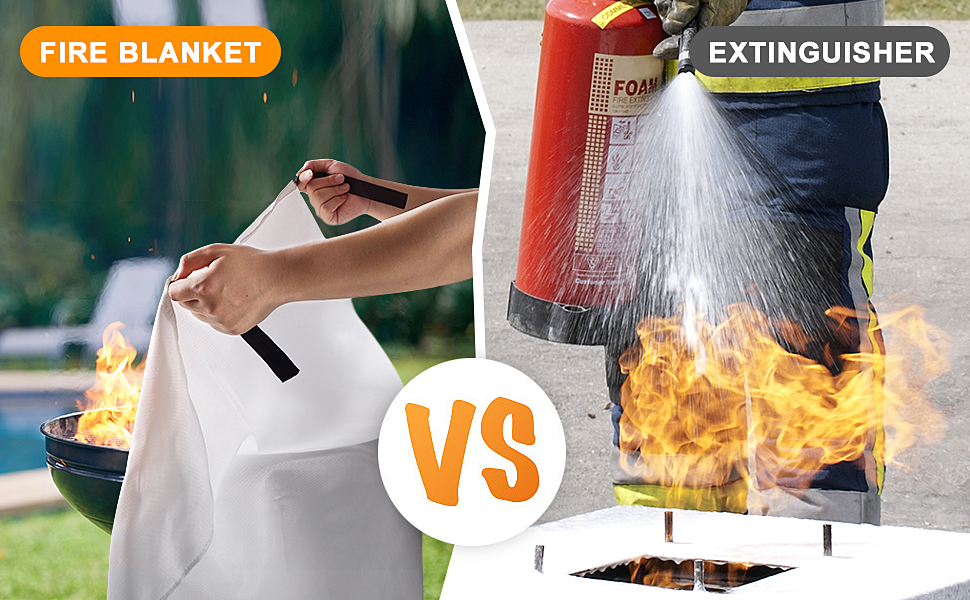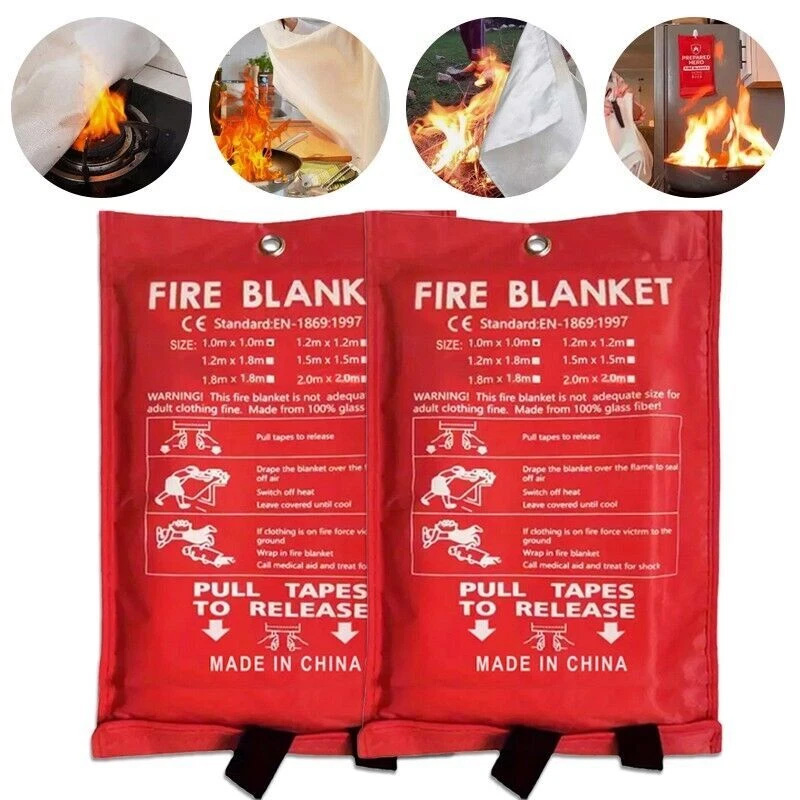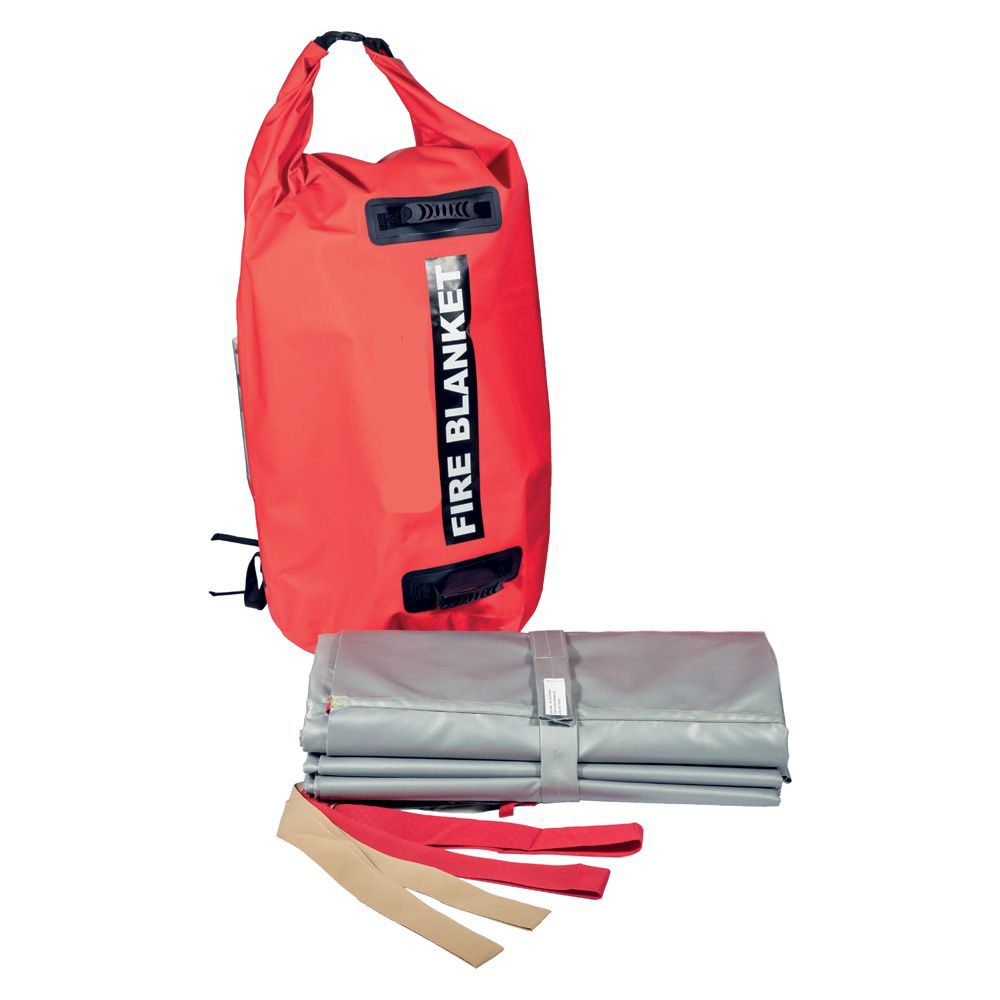Blanket Fire Protection: Complete Safety Solutions for Every Space
Blanket fire protection provides comprehensive coverage against fire hazards in buildings. This guide explains how these systems work, their benefits, installation requirements, and maintenance tips to ensure maximum safety for your property and occupants.
What Is Blanket Fire Protection?
Blanket fire protection refers to complete fire safety systems that cover all potential fire risks in a building. Unlike targeted solutions that protect specific areas, blanket systems provide uniform coverage throughout the entire structure. These systems combine multiple components like sprinklers, alarms, and suppression systems working together.
Key Components of Blanket Protection
A complete blanket fire protection system includes several integrated elements:
- Automatic sprinklersthat activate when heat is detected
- Smoke detectorsthroughout all areas of the building
- Fire alarmswith both audible and visual alerts
- Fire-resistant materialsin construction elements
- Emergency lightingto guide evacuation
- Suppression systemsfor special hazards
Benefits of Blanket Coverage
Choosing blanket fire protection over partial systems offers significant advantages:
- Comprehensive safety:Every area receives equal protection
- Faster response:Systems activate immediately when needed
- Code compliance:Meets strictest building regulations
- Insurance benefits:Often results in lower premiums
- Property value:Enhances overall building safety rating
Installation Requirements
Proper installation of blanket fire protection requires professional assessment and planning:
First, a fire protection engineer evaluates your building's layout, occupancy, and specific risks. They determine the right combination of systems needed for complete coverage. Installation follows strict NFPA (National Fire Protection Association) standards and local building codes.
Key installation considerations include:
- Placement of sprinkler heads for optimal coverage
- Proper spacing of smoke and heat detectors
- Adequate water supply for sprinkler systems
- Accessibility of fire extinguishers
- Clear evacuation routes
Maintenance and Testing
To keep your blanket fire protection system reliable, regular maintenance is essential:

- Monthly checks:Test alarms and inspect visible components
- Quarterly inspections:Professional assessment of all systems
- Annual testing:Full system evaluation including water flow tests
- 5-year inspections:Comprehensive review of all components
Document all maintenance activities as this may be required for insurance and compliance purposes.
Choosing the Right Blanket System
Selecting appropriate blanket fire protection depends on several factors:
Building type:Residential, commercial, and industrial spaces have different needs. High-rise buildings require more complex systems than single-family homes.
Occupancy:Buildings with many occupants need robust evacuation systems. Facilities with vulnerable populations (hospitals, schools) require enhanced protection.
Contents:Spaces with flammable materials or valuable equipment may need specialized suppression systems.
Consult with fire protection specialists to design a system tailored to your specific requirements while maintaining complete blanket coverage.
Cost Considerations
While blanket fire protection requires greater initial investment than partial systems, it offers long-term value:
- Reduces potential property damage from fires
- Lowers insurance costs over time
- Minimizes business interruption after incidents
- Provides peace of mind with complete coverage
Many jurisdictions offer tax incentives or grants for installing comprehensive fire protection systems, especially in commercial properties.
Conclusion
Blanket fire protection represents the gold standard in building safety, offering complete coverage against fire hazards. By integrating multiple systems that work together, you ensure maximum protection for your property and its occupants. Regular maintenance and professional installation are key to maintaining system effectiveness. Investing in comprehensive fire protection ultimately saves money while providing invaluable safety benefits.






